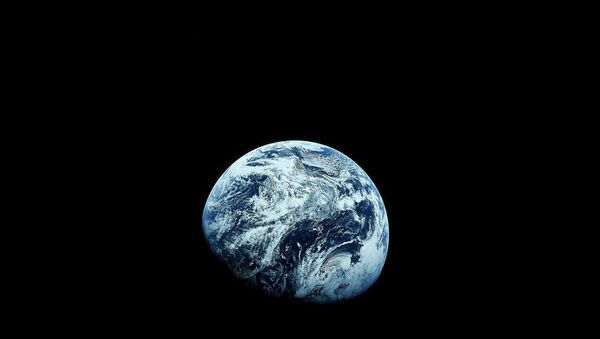“The planet has been our best friend by buffering our actions and showing its resilience,” he said. “But for the first time ever, we might shift the planet from friend to foe.”
According to the Stockholm Resilience Centre, in 2009, a group of 28 internationally renowned climate scientists devised a framework to monitor Earth’s vital signs based on nine “planetary boundaries” within which human civilization can continue to thrive.
Those boundaries are stratospheric ozone depletion, Loss of biosphere integrity (biodiversity loss and extinctions), Chemical pollution and the release of novel entities, Climate change, Ocean acidification, Freshwater consumption and [modifications to] the global hydrological cycle, Land system change, Nitrogen and phosphorus flows to the biosphere and oceans, and Atmospheric aerosol loading.

Four of the nine boundaries have now been crossed as a result of human activity. The scientists say that two of these, climate change and biosphere integrity, are “core boundaries.” Significantly altering either of these “core boundaries” would “drive the earth system into a new state.”
The only thing we are actually winning at is our freshwater use and ocean acidification.
While we as the human race may have gone too far, Rockstrom doesn’t believe we have hit the point of no return, yet.
“For the first time, we have a framework for growth, for eradicating poverty and hunger, and for improving health,” he said.
Some questions, however, still remain. What will happen when human beings cross boundaries even further, and how does crossing one boundary affect the others? Will entire systems fail, or turn into something less hospitable for humans?



